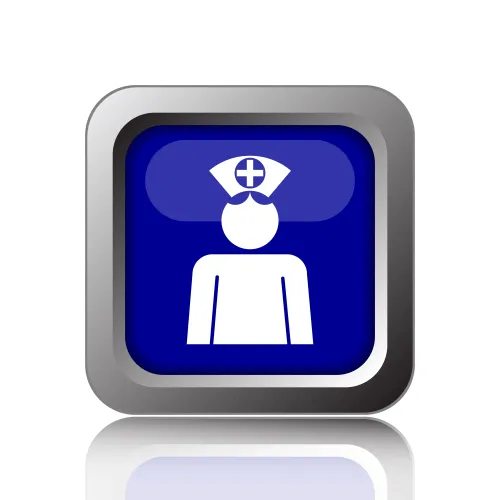Master These 2 Codes, Simplify Chronic Care Management
Know what makes complex chronic care management … complex. If your practice is seeing more and more chronic care management patients, you’re not alone. According to the 2012 National Health Interview Survey (NHIS), 117 million people in the U.S. — 49.8 percent of the country’s population — suffer from one of 10 different chronic diseases: asthma, chronic obstructive pulmonary disease (COPD), stroke, hypertension, heart disease, kidney disease, hepatitis, diabetes, arthritis, or cancer. And 26 percent of the population suffer from two or more of these diseases. So, if documenting chronic care management isn’t already a significant part of your coding experience, chances are it will be pretty soon. And the best place to begin mastering the coding is by comparing chronic care management (CCM) with complex CCM. Know the 4 Cs of Care Management All CCM and complex CCM services must begin with the establishment of four Cs: CCM services, according to CPT®, require “establishing, implementing, revising, or monitoring [a] care plan”; similarly, complex CCM requires the “establishment or substantial revision of a comprehensive care plan.” To code for CCM services (99490, Chronic care management services …) or complex CCM services (99487, Complex chronic care management services …), the patient must also exhibit multiple chronic conditions (the last C). Such conditions must: The similarities between the two codes end there, however, since 99487 adds in two additional components: a larger amount of time required to report the service and “moderate or high complexity medical decision making (MDM).” Remember: Timing is Important In addition to the 4 Cs, 99490 requires “at least 20 minutes of clinical staff time directed by a physician or other qualified health care professional, per calendar month” per CPT® guidelines. But for 99487, CPT® requires “60 minutes of clinical staff time directed by a physician or other qualified health care professional, per calendar month,” reflecting the complex nature of the care. An additional E/M code, +99489 (… each additional 30 minutes of clinical staff time …), can be listed separately in addition to 99487 to document CCM services that last for 90 minutes or more. So, for a complex CCM visit that lasts for 60 to 89 minutes, you would report 99487; for a visit lasting for 90 to 119 minutes, you would report 99487 and +99489 x 1; and for visits that last two hours or more, you would report 99487 and +99489 x 2, with additional units of 99489 for every 30 minutes beyond two hours. This part of CCM documentation can be a huge challenge for family medicine practices, so some physicians refuse to bill for the services, according to Marcella Bucknam, CPC, CCS-P, COC, CCS, CPC-P, CPC-I, CCC, COBGC, manager of clinical compliance with PeaceHealth in Vancouver, Washington. “Even though we see documentation of the work associated with these codes, time has not been recorded, so the codes cannot be used. It is very difficult to track cumulative time over a month, and providers will either need a process for tracking it or they may need [a special feature built] in their EMR to track and calculate minutes spent providing the service,” Bucknam suggests. Kent Moore, senior strategist for physician payment at the American Academy of Family Physicians, also notes that the opposite can be true: “Coding solely based on time and ignoring the other required elements of the code,” Moore notes, creates another problem. As an example, he offers the scenario of coding “99487 because the clinical staff spent 60 minutes in chronic care management during the month, even though one or more of the other elements required for 99487 were not met.” Complex CCM Means Decisions, Decisions According to CPT® guidelines, services you represent with 99487 also require “moderate or high complexity medical decision making.” This means that two of the following three elements must be met or exceeded:




